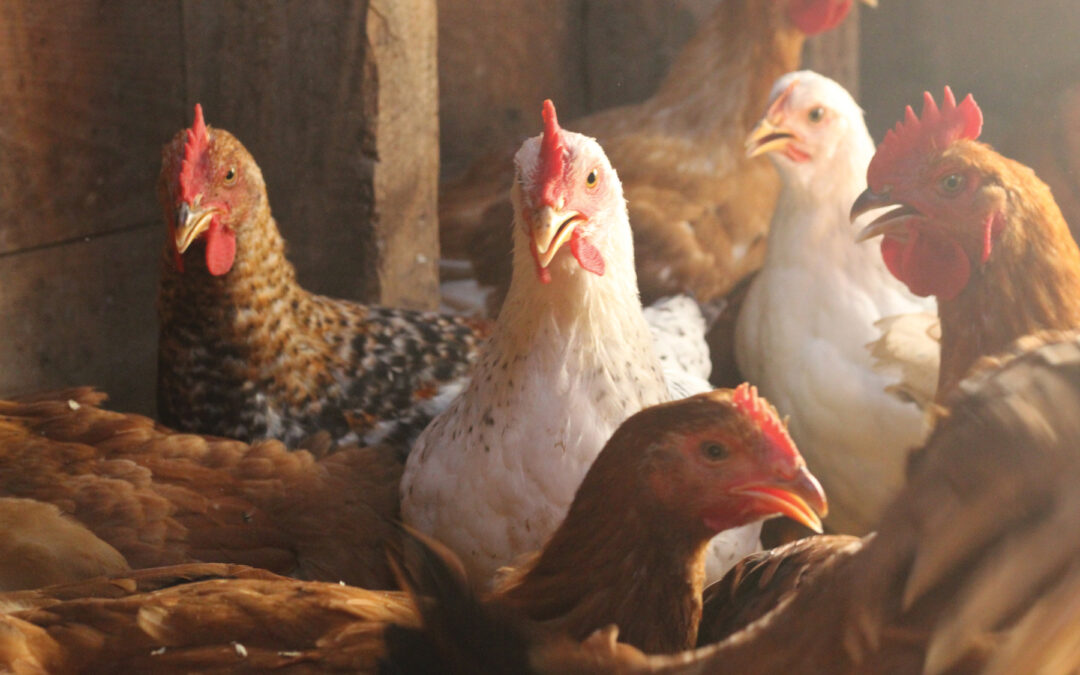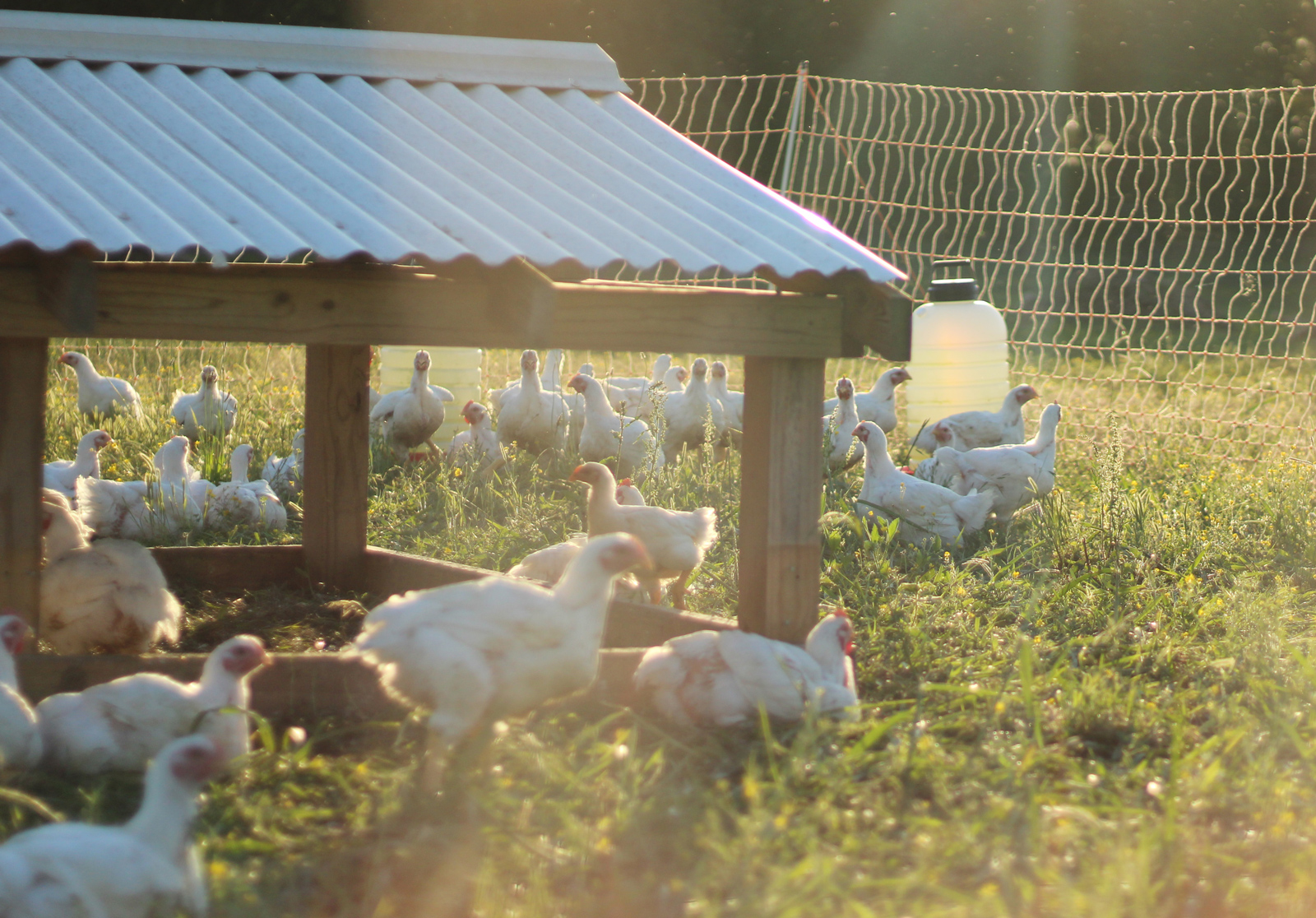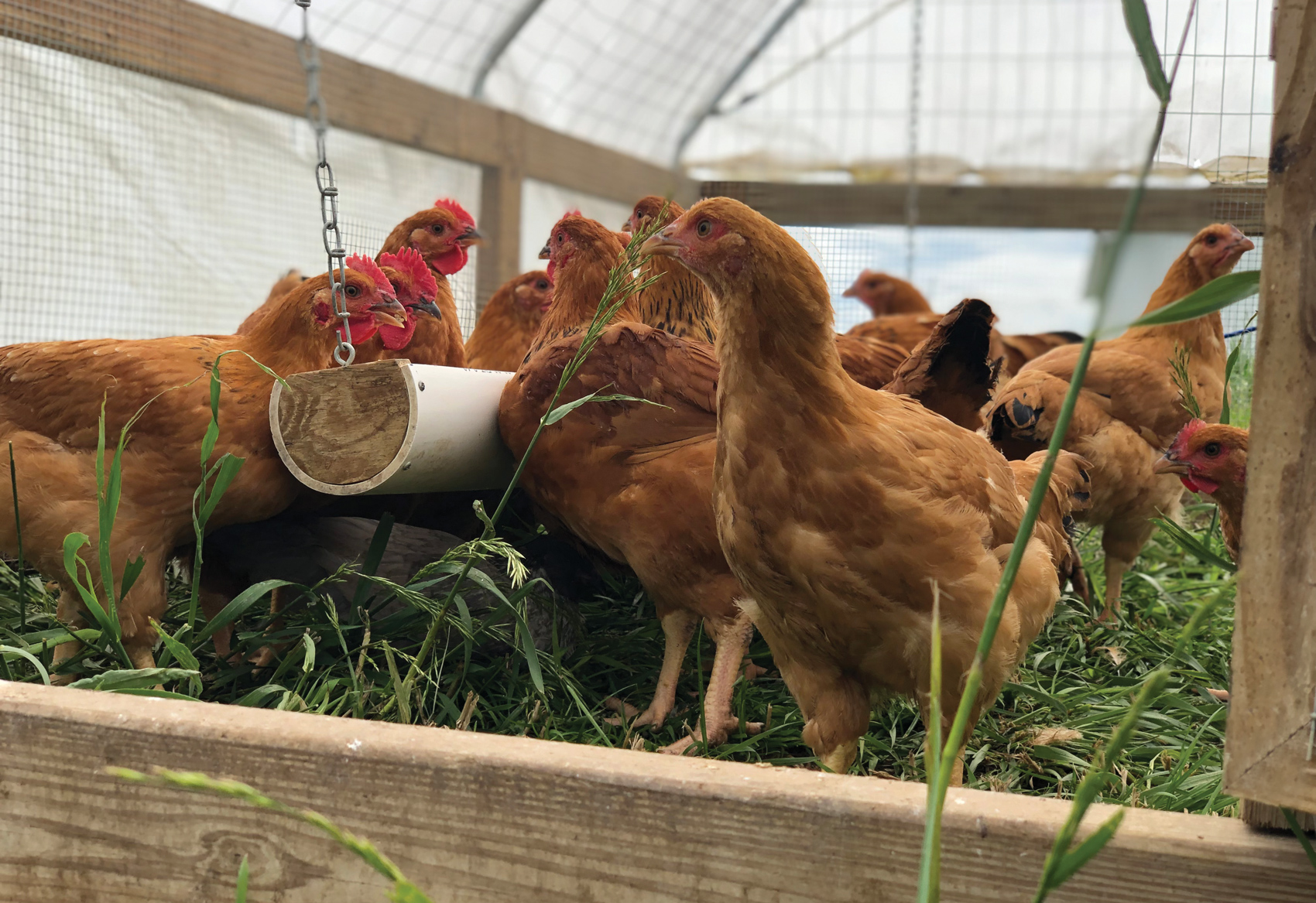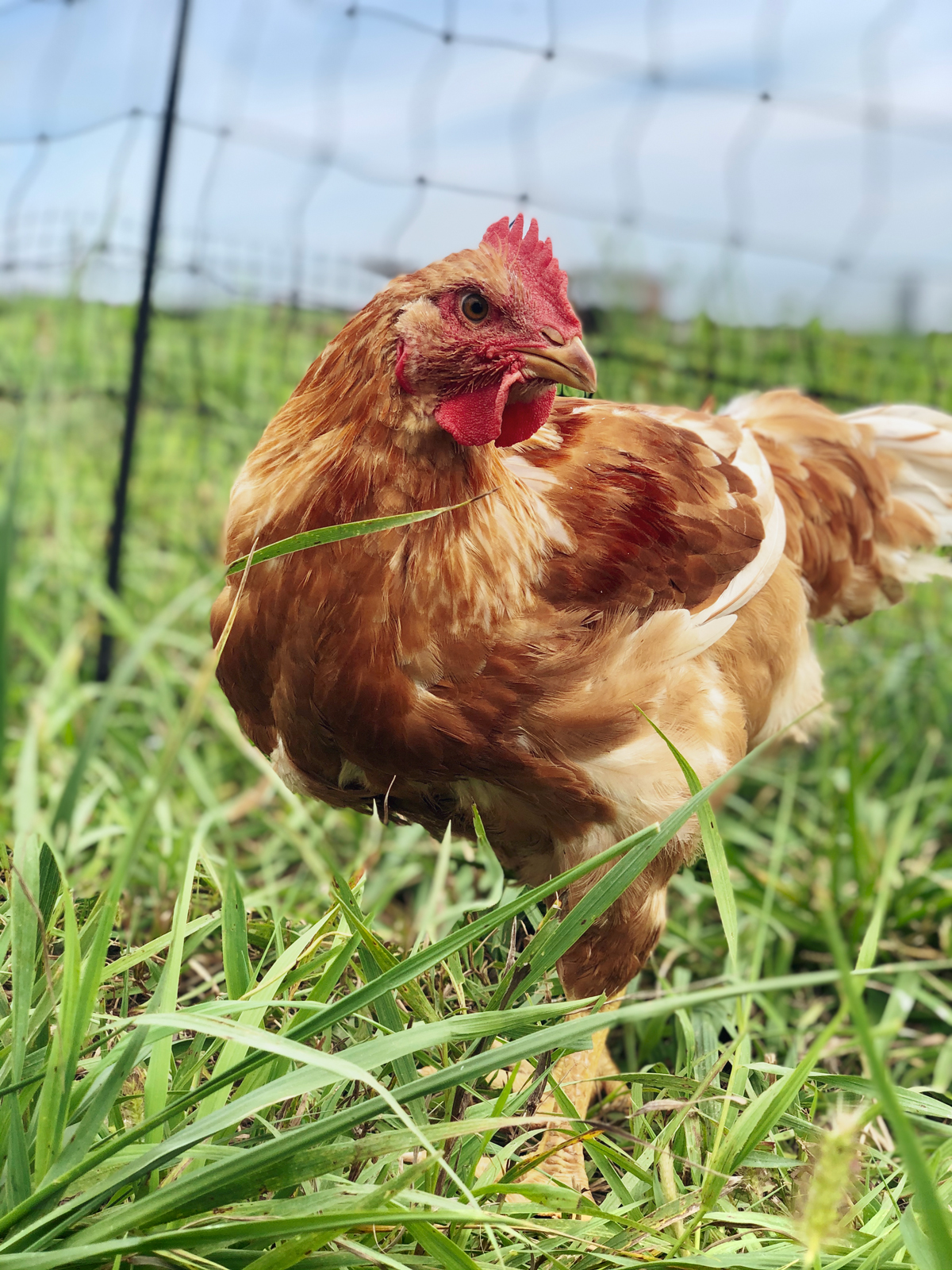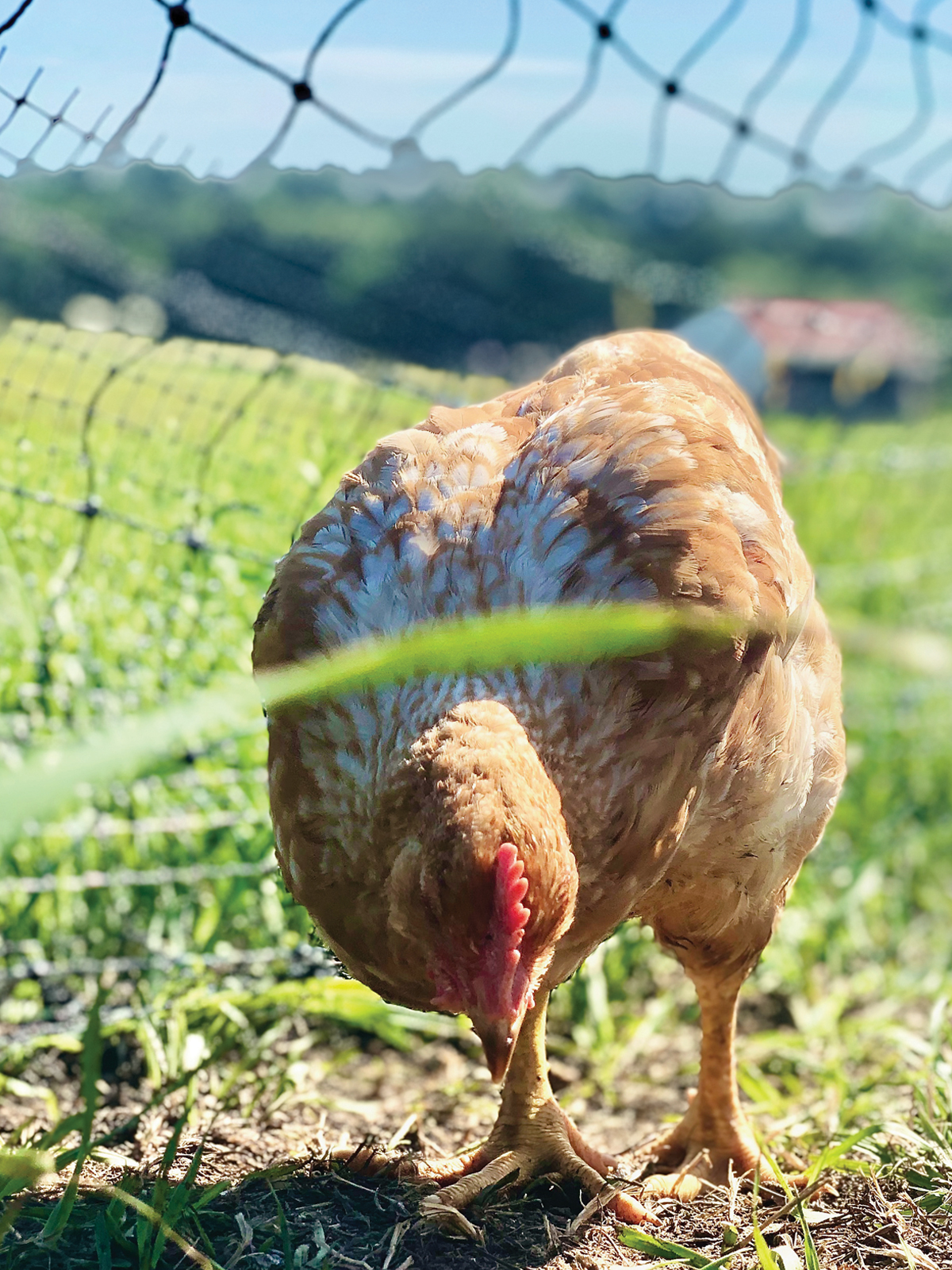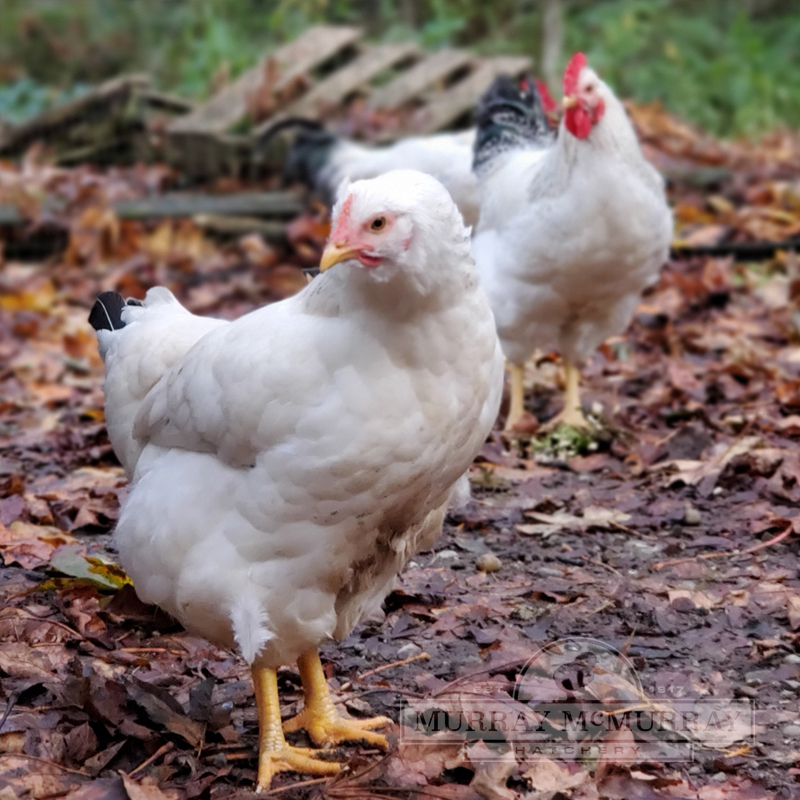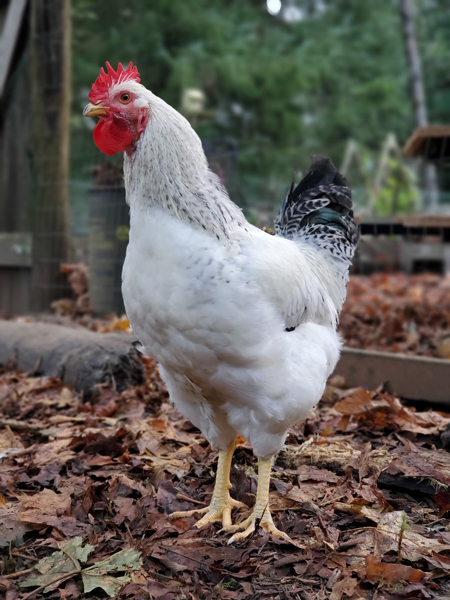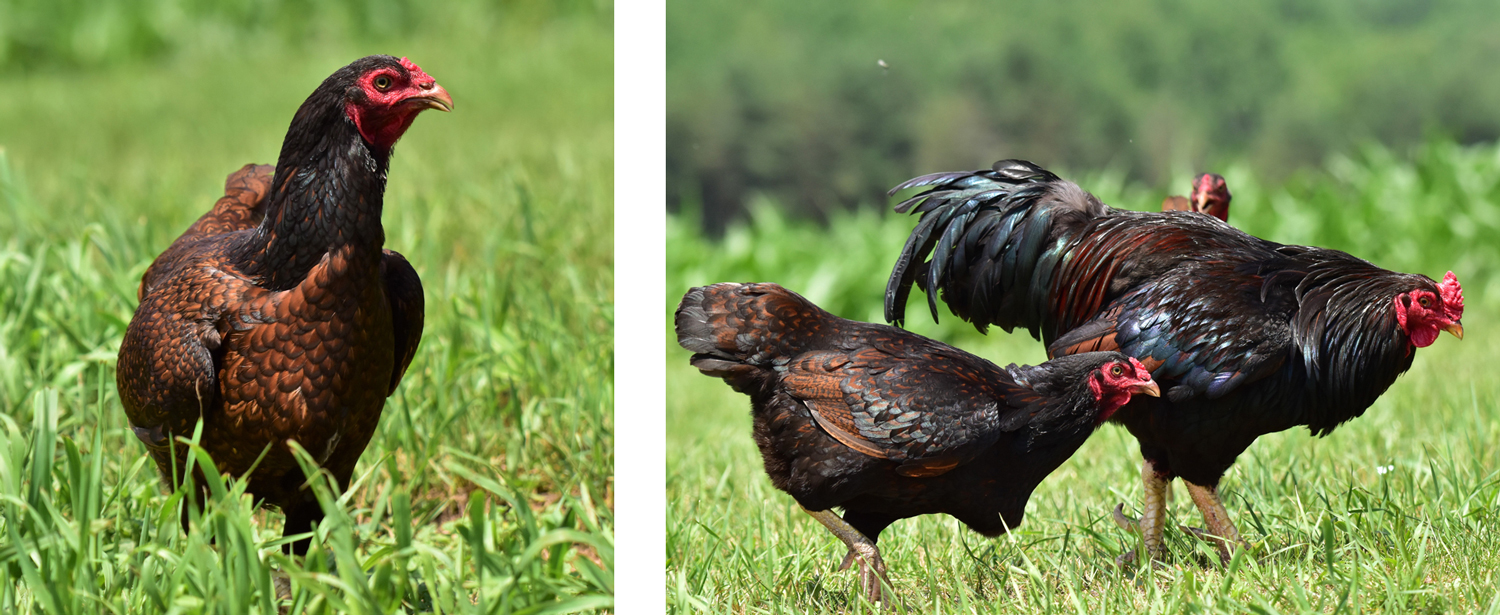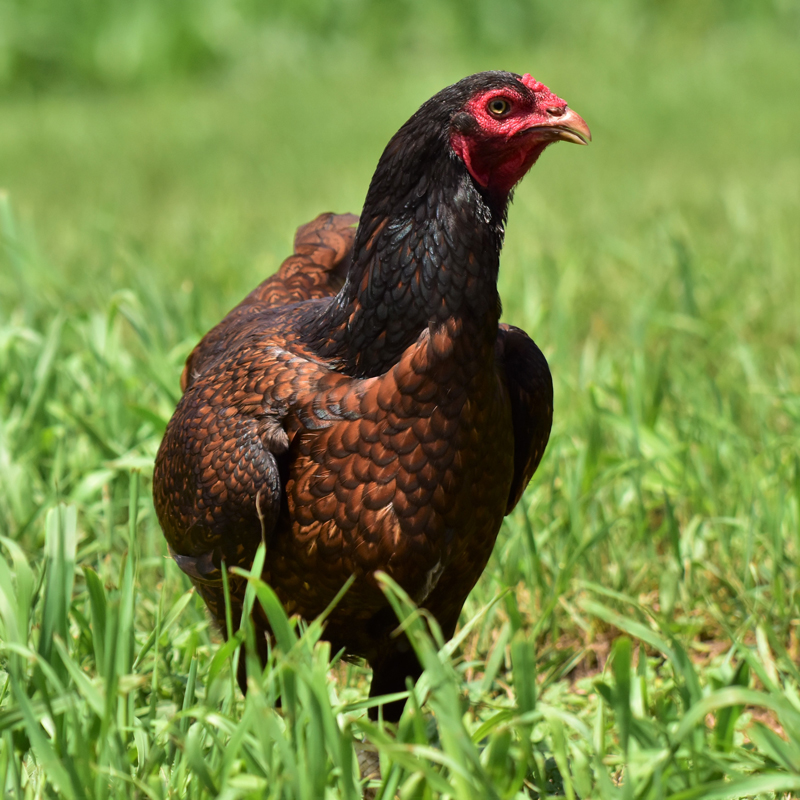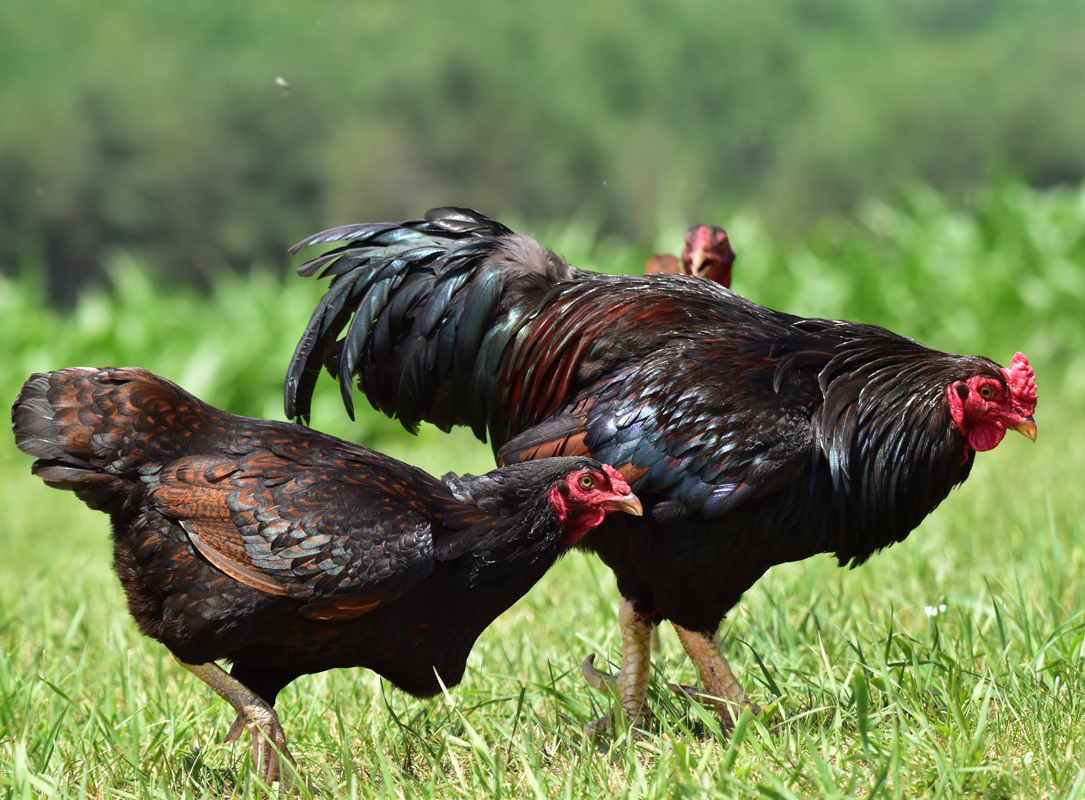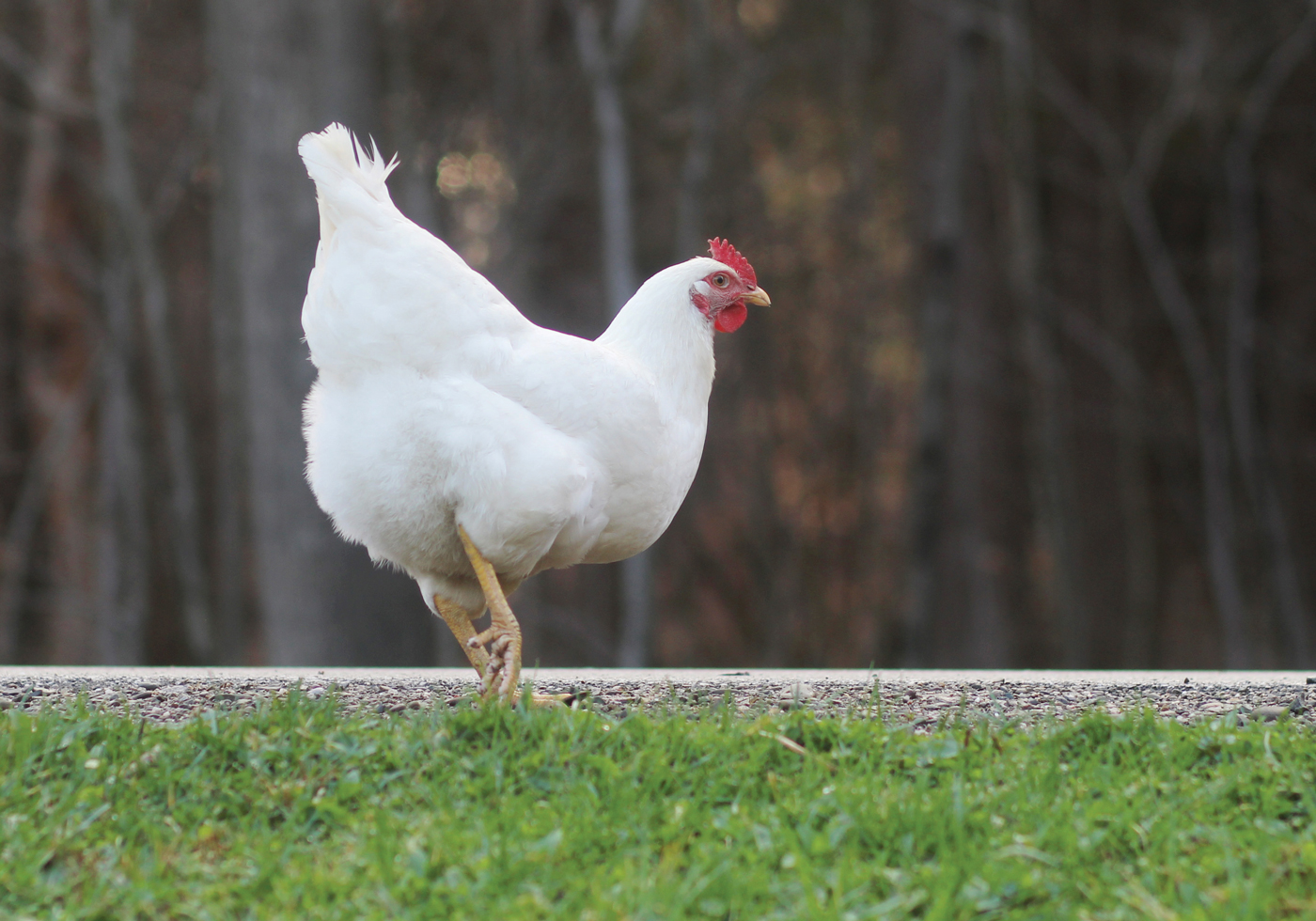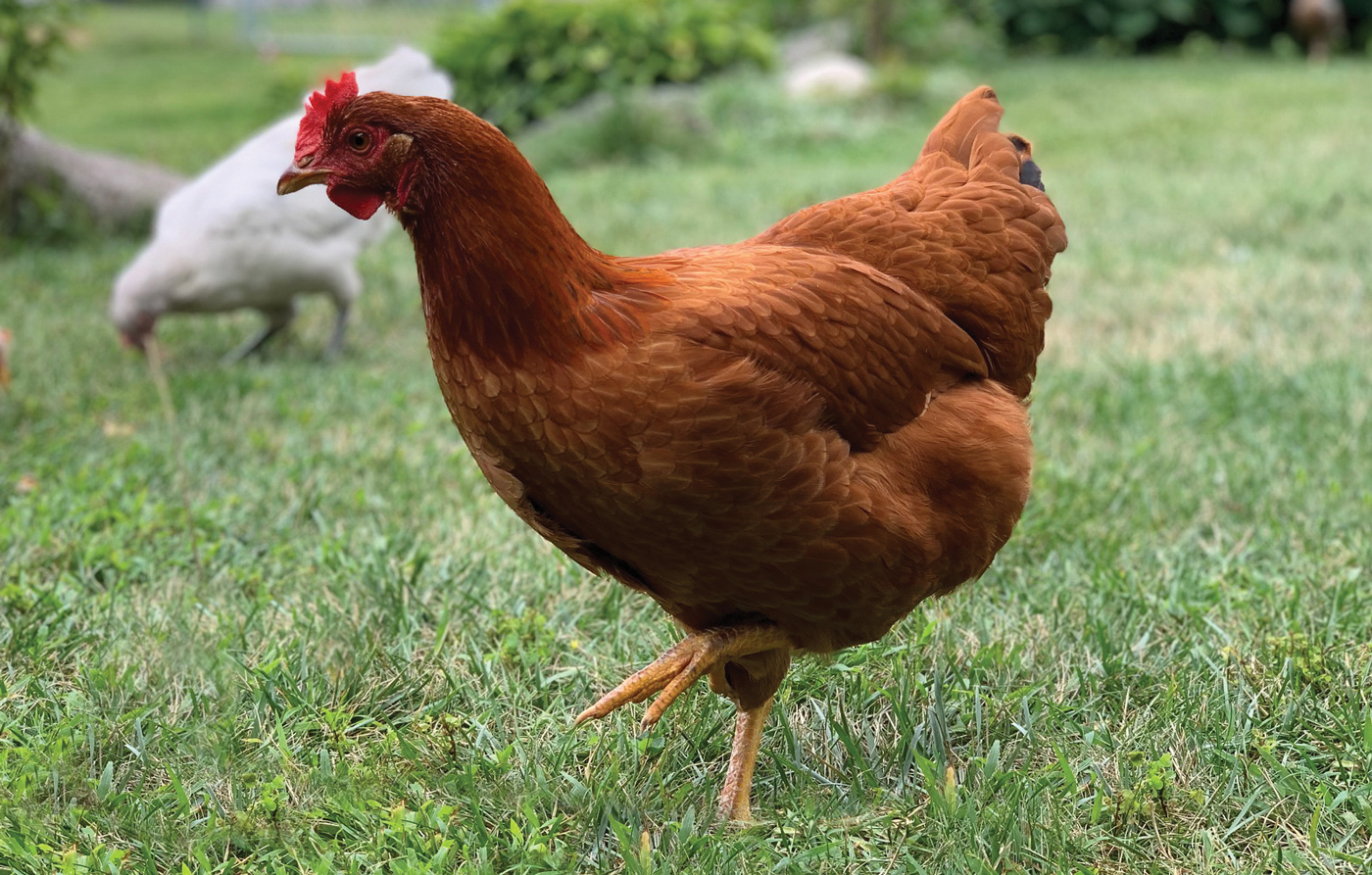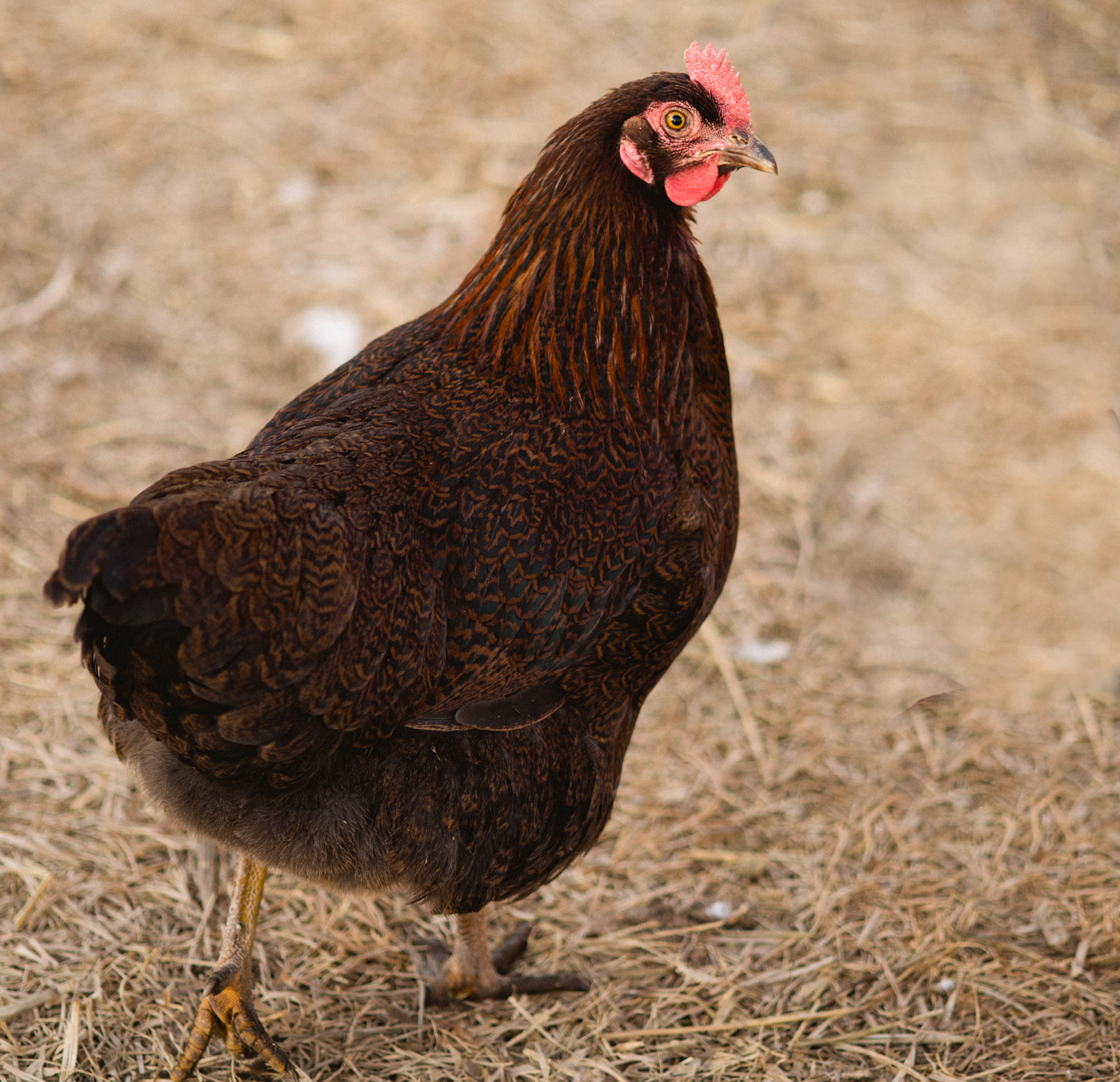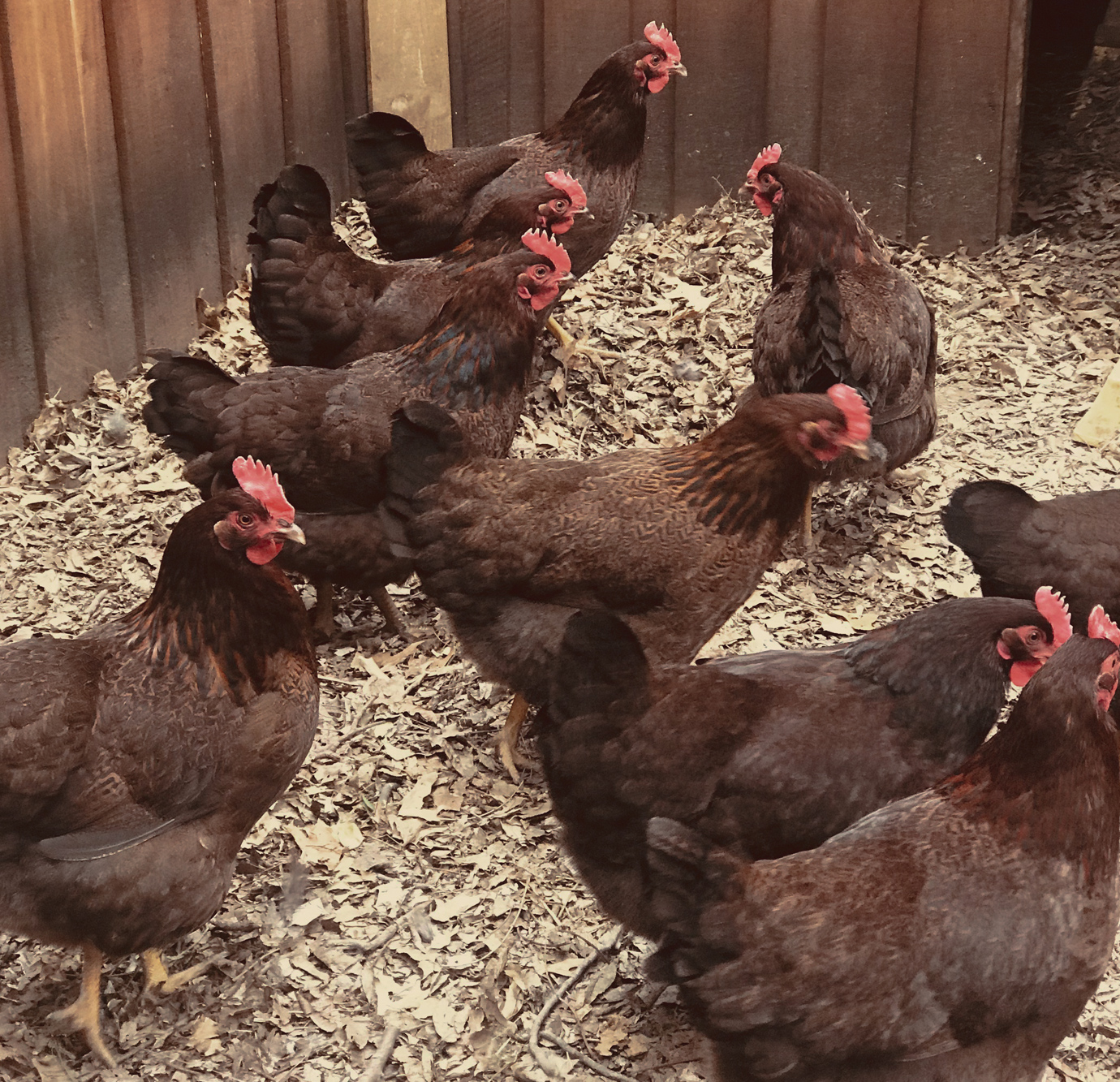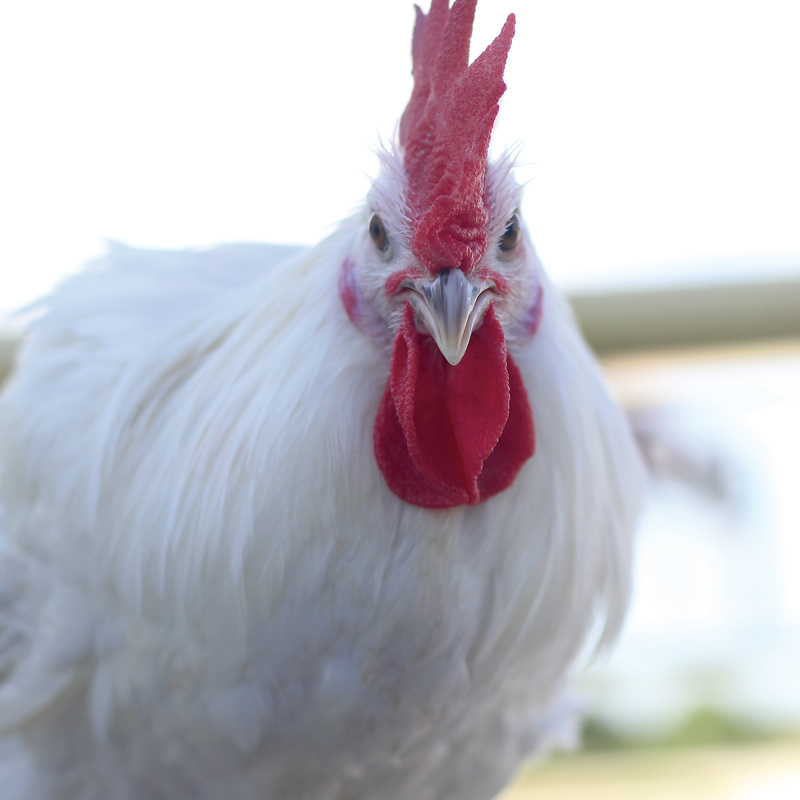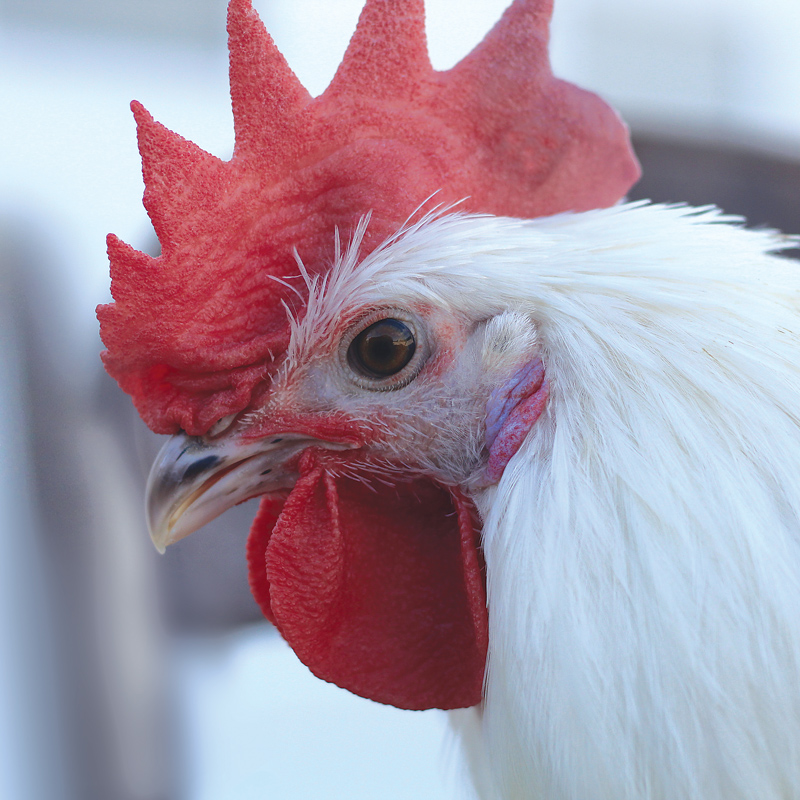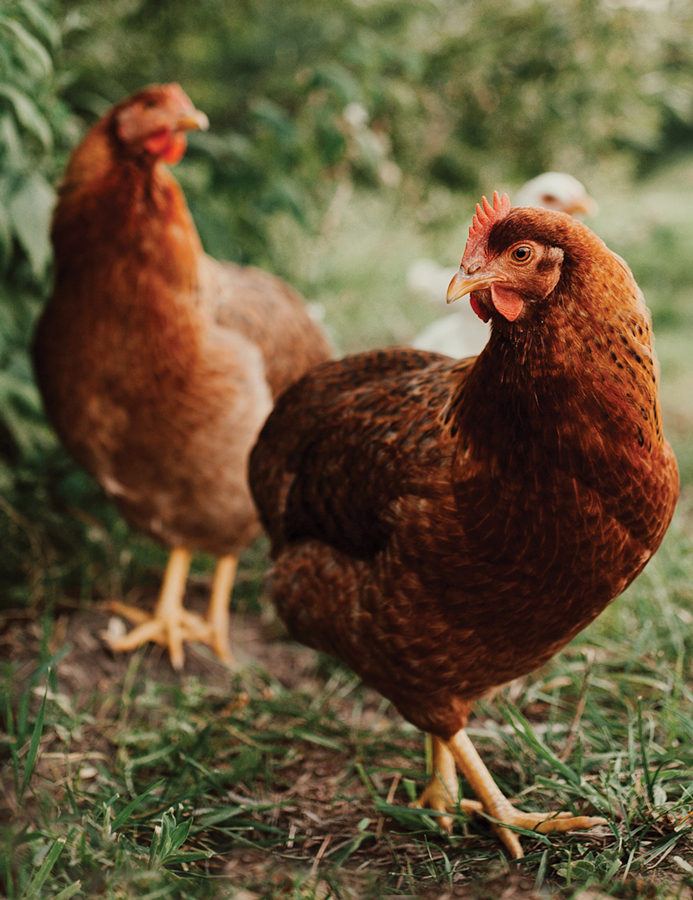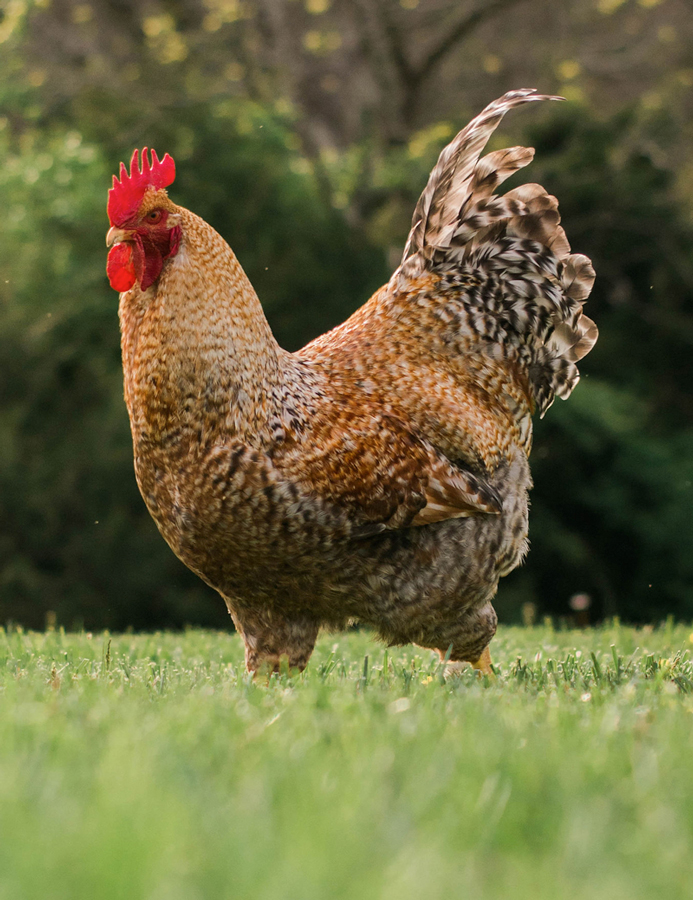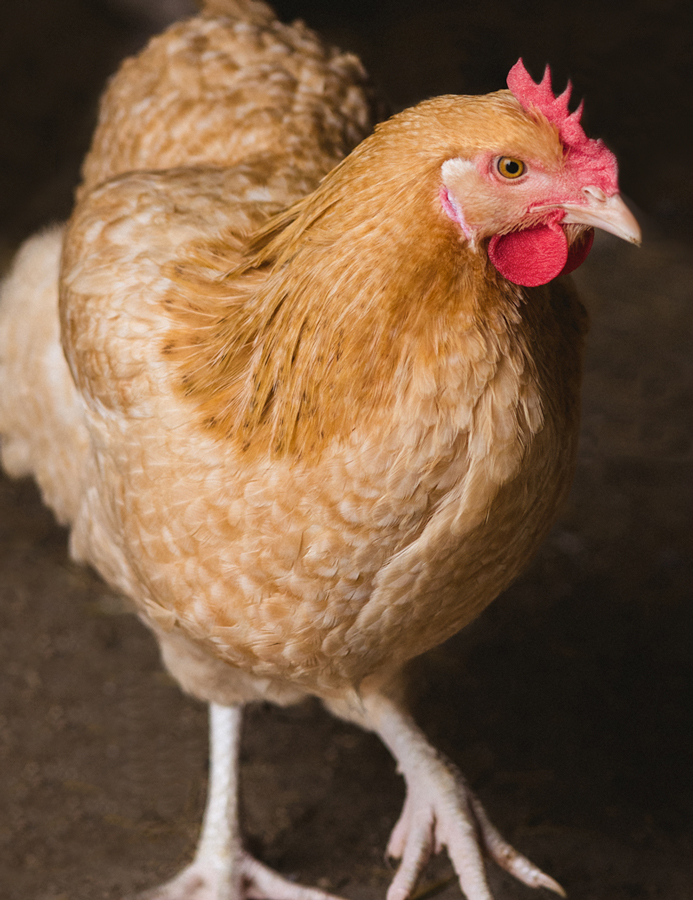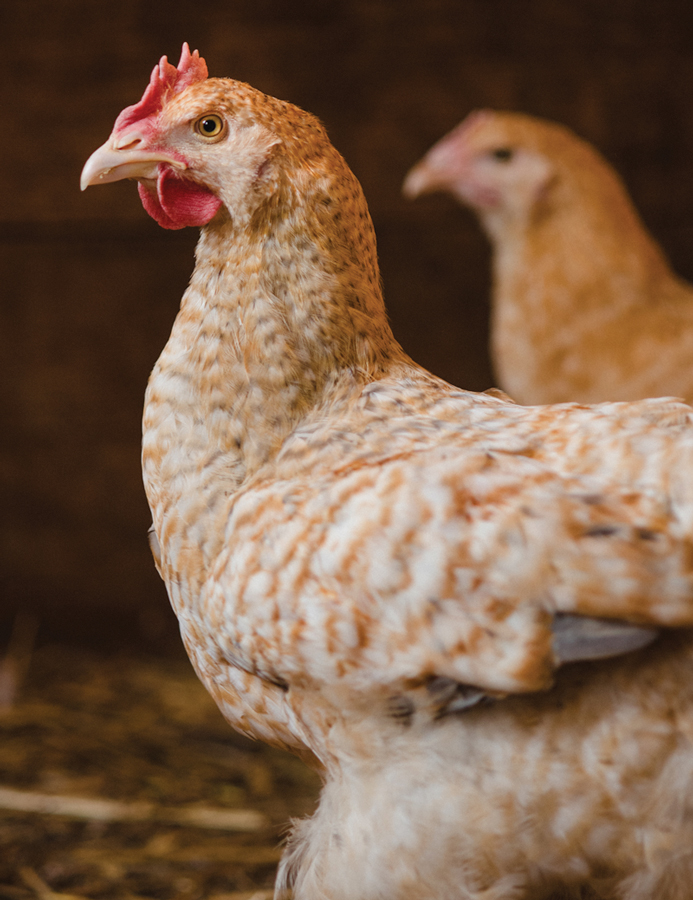Now more than ever, families across the nation are looking to grow and raise more of their own food. Inflation, supply chain issues, and a desire to live a more intentional and sustainable life with less dependency on commercial sources for food have led to an increase in the number of people wanting to raise their own poultry as a meat source.
Selecting a meat bird that works best for you requires a bit of research, and it’s important to note that many people try a few breeds before settling on their favorite type to work with. Thankfully, we have a wonderful variety for you to choose from. From broilers to Heritage breed chickens, ducks to turkeys, pheasants to quail, there is a perfect meat bird to fit your needs and your lifestyle. To help you choose the best option for your family, we’ve rounded up a list of the most popular chicken breeds raised as meat birds with some pros and cons to each one.
Hybrid Broiler vs. Heritage Chickens
Let’s start by clarifying the definition of a hybrid broiler and a Heritage breed chicken. While both can be raised for meat production, it’s important to know the difference between the two.
In the simplest term, a hybrid broiler is a cross of two breeds of chickens in order to create an ideal meat bird. The Cornish Cross — one of the most common broiler chickens raised in the U.S. today — is a 5-7 generation hybrid of a Cornish and a Plymouth Rock. It’s important to note that these birds are not GMO, but they are highly selected, multi-generational crosses. A very important thing to know regarding hybrid birds is that the characteristics of the end product are a one generation trait, and these birds do not breed true (carry the same traits) in successive generations. Most hybrid broiler chickens have been developed for rapid growth and ideal meat production.
A Heritage breed of chicken, according to The Livestock Conservancy’s definition, is a breed that meets the following criteria: naturally mating, slow growth, long and productive lifespan, and a recognized American Poultry Association (APA) Standard breed. In layman’s terms, a Heritage breed is a standard breed of chicken that will breed naturally and retain its characteristics in successive generations. More and more often, homesteaders and hobby farmers alike are turning to these breeds in order to raise and keep a sustainable flock of meat birds. While it’s important to note that dual-purpose birds won’t grow as quickly as a hybrid, and don’t have the breast size of the Cornish Cross, they do have their share of benefits: richer meat flavor, no need to process them by a certain size or age, they reproduce naturally, and they are dual-purpose birds that can provide both meat and eggs.
Top Hybrid Broiler Meat Birds
The Cornish Cross is the most popular and most common of the hybrid broilers raised for meat in the U.S.A. today. Other top broilers include the Cornish Roaster, Cornish Game Hen, Murray’s Big Red Broiler, Murray’s Ginger Broiler, and our new Delaware Enhanced Heritage Broiler — a McMurray Hatchery exclusive. Let’s take a look at some of the pros and cons of each of these hybrid broilers.
Cornish Cross
Our top-selling meat bird, the Cornish Cross is a multi-generation hybrid developed by crossing the commercial Cornish chicken with a White Plymouth Rock. These fast-growing broilers are the same large-breasted chickens as what you’d find in a grocery store. We recommend raising them on pasture or grass in chicken tractors for best results. Whether you are looking to raise these top-selling meat birds for your own pleasure, or are raising them to sell, you won’t find better. We love them so much that we fill our own family freezers with them each year.
The Pros:
- Broad breasts, big thighs, white plumage, and yellow skin
- Remarkable, rapid growth
- Males dress out around 3-4 pounds in roughly 6-8 weeks
- Very easy to butcher and dress
- Excellent feed conversion rate
- Calm and easy-going demeanor
- Can be successfully raised on pasture
The Cons:
- Should not be raised at altitudes above 5,000
- Extreme rate of growth means that they have difficulty reproducing naturally
- Females take about a week and a half longer than males to reach full butcher size
- Potential health issues if left to grow too long past ideal butchering time frame
- These are hybrids, meaning that any subsequent generations will not breed true
Cornish Roaster
Our Cornish Roasters are another great option for your table. We recommend processing pullets young to use as fryers, and males at maturity to use as a full roasting chicken. Though they take a bit longer to mature than our Cornish Cross, their benefits outweigh the extra grow out time.
The Pros:
- Broad breasts, big thighs, white plumage, and yellow skin
- More active foragers than Cornish Cross
- Reaches maturity at 8-10 weeks
- Process females younger to dress at 3-4 pounds for use as a fryer
- Process males at maturity to dress at 8-9 pounds to use as a full roasting chicken
- Very easy to butcher and dress
- Excellent feed conversion
- Slower rate of growth helps to avoid potential leg issues sometimes found in Cornish Cross
The Cons:
- Should not be raised at altitudes above 5,000
- Extreme rate of growth means they have difficulty reproducing naturally
- Take a bit longer to mature than Cornish Cross
- These are hybrids, meaning that any subsequent generations will not breed true
Cornish Game Hens
Now you can raise the same petite Cornish Game Hens that you see in restaurants and stores while controlling your own food source and raising them humanely. Grow out these female chicks on grass to 2-2.5 pounds live weight for the most delicious chicken you have ever had.
The Pros:
- Broad breasts, big thighs, white plumage, and yellow skin
- Finishes in half the time of a full-sized Cornish Cross
- Very easy to butcher and dress
- Excellent feed conversion
- Excellent marketability for local restaurants, farmers’ markets, and CSAs
The Cons:
- Smaller portion size
- Should not be raised at altitudes above 5,000
- These are hybrids, meaning that any subsequent generations will not breed true
Murray’s Big Red Broilers
This meat bird is our take on the infamous Red Ranger, also known as the Freedom Ranger. The Big Red Broiler is a favorite among homesteaders wanting to raise chickens for meat, but who are also wanting a more active bird than a Cornish Cross. These birds are excellent foragers and thrive on pasture. While they take a few weeks longer than a Cornish Cross to raise, they produce a good-sized carcass in just 12 weeks. Hens are also reliable layers of extra large brown eggs. We always suggest keeping a few hens back to add into your flock of layers.
The Pros:
- Very active foragers that thrive on pasture
- More dark meat than a Cornish Cross
- Ready to butcher in just 12 weeks
- Hens are excellent layers
- None of the health issues associated with faster growing breeds
The Cons:
- Less breast meat than a Cornish Cross
- These are hybrids, meaning that any subsequent generations will not breed true
Ginger Broiler
Ginger Broilers are a unique hybrid broiler and an exclusive of McMurray Hatchery. The Ginger Broiler is built like a Cornish Cross, but without some of the health issues. While the Cornish Cross reigns as the most popular hybrid broiler, they weren’t developed with high altitudes in mind. Ascites, also called water belly, is usually a result of pulmonary hypertension and meat birds with rapid growth have an increased demand for oxygen in their bodies. Ascites is more common in higher elevations where the oxygen supply is low. Developed high in the Rocky Mountains, the Ginger Broiler is ascites-resistant, making them ideal for thriving at higher altitudes. The Ginger Broiler also has a slower, more natural growth rate, so they can be kept longer and processed as needed. They are known for their overall incredible health and wonderful dispositions.
The Pros:
- Built similarly to Cornish Cross
- Excellent natural foragers
- Thrive on pasture
- None of the health issues associated with other fast-growing meat breeds
- Can be raised at high altitudes
- By 12-13 weeks, males can reach 5-6 pounds, and females reach 3-4 pounds
- Much more longevity than other meat breeds
- Friendly disposition
The Cons:
- These are hybrids, meaning that any subsequent generations will not breed true
Delaware Enhanced Heritage Broilers
The Delaware Enhanced Heritage Broiler is another McMurray Hatchery exclusive breed. Our line produces a bird that is a meatier version of the classic dual-purpose breed, while retaining all of the Heritage traits such as slow and natural growth, flavorful meat, and a naturally long lifespan. Delaware Broiler hens are fantastic layers, making this a true dual-purpose breed. Raise and keep a flock for a sustainable flock that will breed true — just select for size to retain their meat quality.
The Pros:
- Produces a meaty table bird
- Excellent natural foragers
- Thrives on pasture
- Natural vibrant health associated with Heritage breeds
- Friendly disposition
- Can be raised at high altitudes
- Dual-purpose breed
- Can reproduce successfully, making them an excellent choice for raising a sustainable flock
The Cons:
- Slow growth broiler, meaning they will take quite a bit longer to reach maturity than other broiler breeds
Top Heritage and Sustainable Chicken Breeds for Meat
Homesteaders and hobby farmers across the country are looking for ways to raise a more sustainable flock of meat birds. Heritage breeds hearken back to a time when chickens were kept for generations for both meat and eggs. Let’s take a look at some of the pros and cons of each of these popular Heritage breeds.
Dark Cornish
The Dark Cornish is a pure, non-hybridized meat bird. These Heritage birds have thick, compact bodies with broad breasts, and the impressive Cornish frame which has shaped the poultry industry as we know it today. Modern Cornish Cross are often a cross of a White Cornish with a White Plymouth Rock.
The Pros:
- Heavy bodied and broad breasted
- Excellent natural foragers
- Thrives on pasture
- Good disposition
- Hens are likely to go broody, but make excellent mothers
- True, Heritage, dual-purpose breed
- Can reproduce successfully, making them an excellent choice for raising a sustainable flock
The Cons:
- Take quite a bit longer to reach maturity than other breeds
- It is often suggested to harvest these birds earlier to maintain tenderness, which leads to a much smaller carcass
- Their dark, dense feathers can be trickier to dress than white feathered birds
White Plymouth Rock
The White Plymouth Rocks is a classic Heritage dual-purpose breed, and one of the original foundation breeds for today’s Cornish Cross. White Rock hens are outstanding layers throughout the entire year, even through cold winter months when other breeds stop laying. When raised for meat, these birds make excellent fryers and roasters, and can be harvested at nearly any age to best suit your needs.
The Pros:
- White feathers are easy to dress
- Delicious golden skin
- Compact and well-fleshed at almost any age
- Males can reach 8-9 pounds, while hens are typically 6-7 pounds
- Hens are fantastic and reliable layers during colder months
- True Heritage dual-purpose breed
- Can reproduce successfully, making them an excellent choice for raising a sustainable flock
The Cons:
- Do not grow as rapidly as some of their counterparts
New Hampshire
The New Hampshire is an American Heritage chicken breed, named for the state where it originated. Known for their deep, broad bodies, they are often raised as a dual-purpose breed. These hardy birds produce a solid, medium-sized meat bird, and hens lay large brown eggs. New Hampshires are fast-feathering and mature rapidly for a Heritage breed, and are quiet and easy to raise.
The Pros:
- Rapid growth and fast feathering
- Early maturity compared to other non-broiler breeds
- Health, vigor, and hardiness associated with classic Heritage breeds
- Produces a deep, broad-bodied table bird
- Hens are reliable layers of large eggs
- Hens are also prone to broodiness and make wonderful mothers
- Dual-purpose breed
- Can reproduce successfully, making them an excellent choice for raising a sustainable flock
The Cons:
- Care should be given to protect their single combs in extremely cold environments
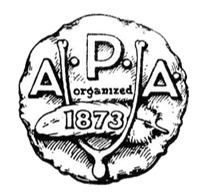 Partridge Plymouth Rock APA CERTIFIED FLOCK
Partridge Plymouth Rock APA CERTIFIED FLOCK
These beautiful birds are fairly good sized, and the hens lay large brown eggs. As an added bonus, our lines are APA certified and make excellent foundation stock and exhibition birds as well. As a Heritage breed, Partridge Rocks allow you the opportunity to raise a sustainable dual-purpose flock while also selling hatching eggs, chicks, or those looking for a standard-bred birds.
The Pros:
- Good sized table bird
- Males weigh in close to 9.5 pounds, and females weigh close to 7.5 pounds
- Hens are good layers of large eggs
- True Heritage dual-purpose breed
- Can reproduce naturally, making them an excellent choice for raising a sustainable flock
- Extra hatching eggs, chicks, and adult birds can also be sold for profit
The Cons:
- Care should be given to protect their single combs in extremely cold environments
- Do not grow as rapidly as other breeds
Up and Coming Meat Breeds
The next three breeds are among our favorites at the Hatchery. The American Bresse, Bielefelder, and Neiderrheiner are all relatively new breeds here in the U.S., and still fairly rare. These heirloom Heritage breeds are stunning, and are all top picks by our customers, too.
American Bresse
The American Bresse is new to the U.S. and highly sought after for their delicious and tender marbled meat. This American version of the iconic French breed of poultry is a hardy, dual-purpose chicken. They are easy to raise and keep, active foragers, and have a great temperament. Hens are great layers of light golden-brown eggs. While they produce far less meat than a Cornish Cross, American Bresse are known for their delicious meat, which can be marbled depending on how they are raised. While they thrive in a pasture setting, it is important to research the background, regulations, and feeding schedules to fully understand how to achieve optimal tenderness and meat quality. This process takes more work, but according to our customers, the end result is phenomenal.
The Pros:
- Phenomenal meat quality
- White feathers are easy to dress
- Males can reach 6-7 pounds in about 16 weeks, and hens average 4-5 pounds
- Hardy and easy to keep
- Thrives on pasture
- Friendly and well-mannered
- Hens are good layers
- Delicious meat with potential for marbling
- Dual-purpose breed
- Can reproduce successfully, making them an excellent choice for raising a sustainable flock
The Cons:
- Care should be given to protect their single combs in extremely cold environments
- Do not grow as rapidly as other breeds
- Produce less meat per bird than a Cornish Cross or Murray’s Big Red Broiler
- Hatch rates can be inconsistent when breeding
- Conditions must be very strict to achieve the classic French-style Bresse meat that is known for flavor, tenderness, and marbling
Bielefelder
These gentle giants are extremely docile, beautiful, and easy to raise. Bielefelders are robust birds with large, round bodies that make for a perfect, true dual-purpose breed. Hens reliably lay very large, beautiful brown eggs. Roosters are also often known to have a calm, gentle disposition. This breed is a perfect fit for backyard homesteaders, as their meat, eggs, and temperaments are all fantastic.
The Pros:
- Males can reach 10-12 pounds, and females are generally 9-10 pounds
- Friendly, docile disposition
- Easy to keep
- Hens are decent layers of very large eggs
- Dual-purpose breed
- Can reproduce successfully, making them an excellent choice for raising a sustainable flock
- Auto-sexing at hatch
The Cons:
- Do not grow as rapidly as other breeds
Niederrheiner
The Lemon Cuckoo Niederrheiner is our newest dual-purpose chicken breed. Hailing from Germany, the Niederrheiner is a great choice for both meat and eggs. Their broad bodies dress out as a great table bird, and hens are reliable layers, too. This large foul is known to have an easy, friendly disposition.
The Pros:
- Very large-bodied
- Friendly disposition
- Easy to keep
- Dual-purpose breed
- Can reproduce successfully, making them an excellent choice for raising a sustainable flock
- Auto-sexing
The Cons:
- Do not grow as rapidly as other breeds
- Auto-sexing trait can be difficult to distinguish immediately after hatching

